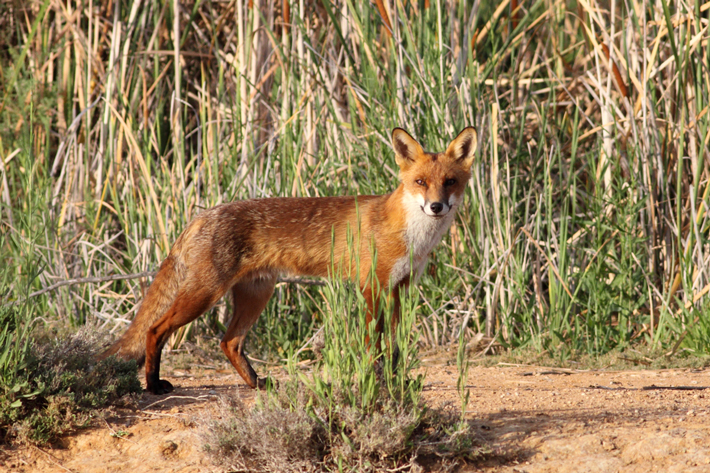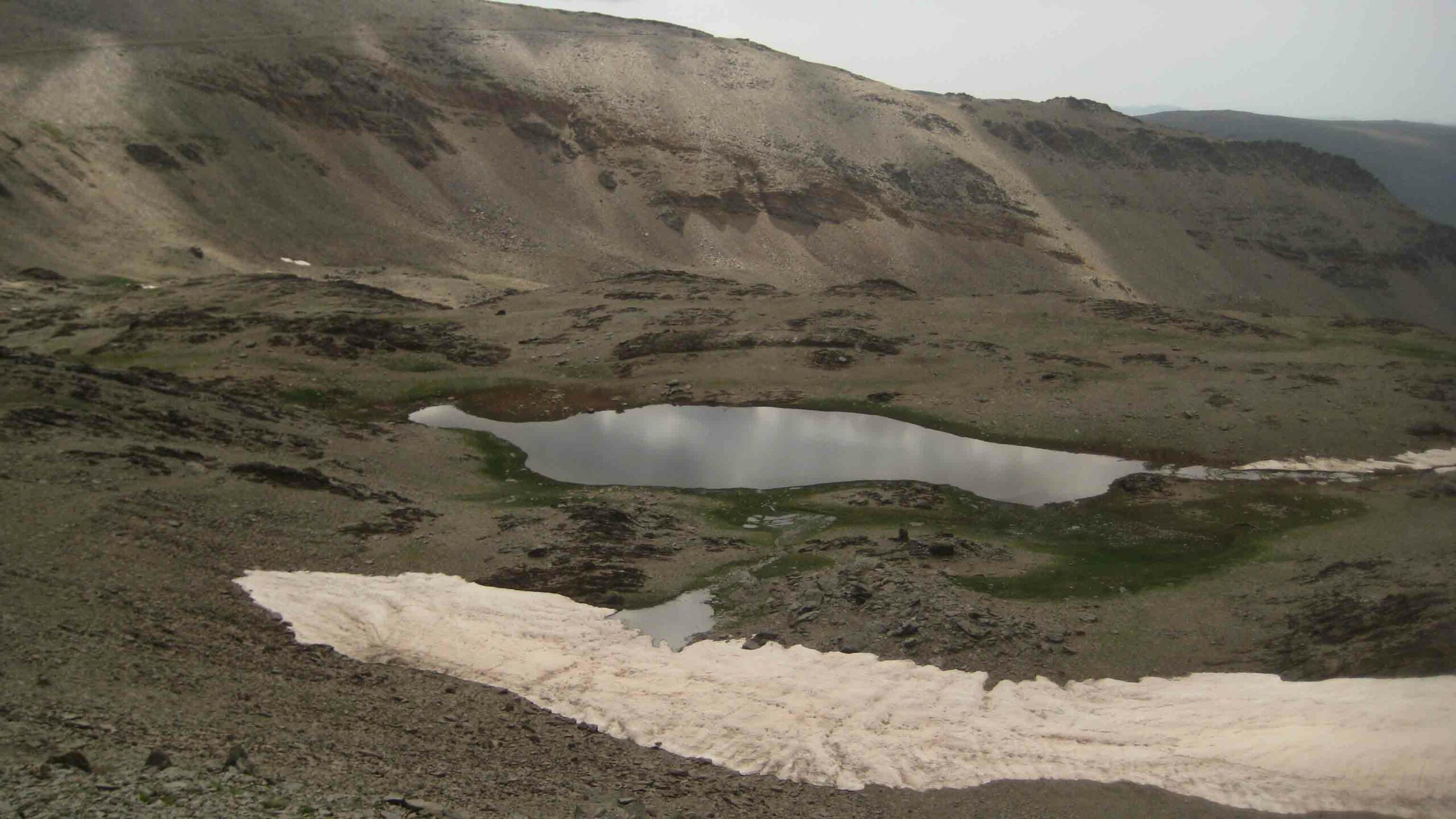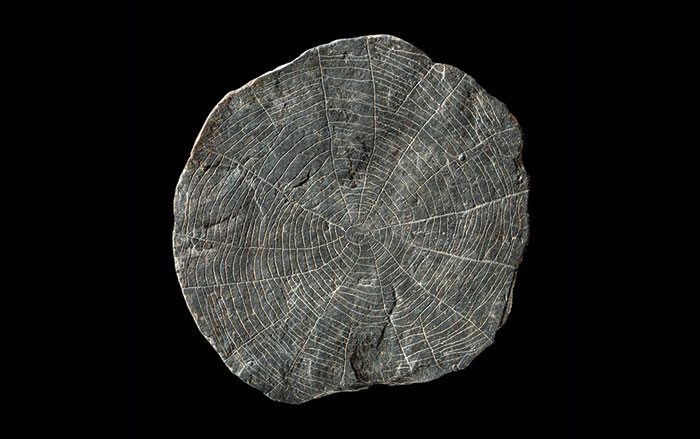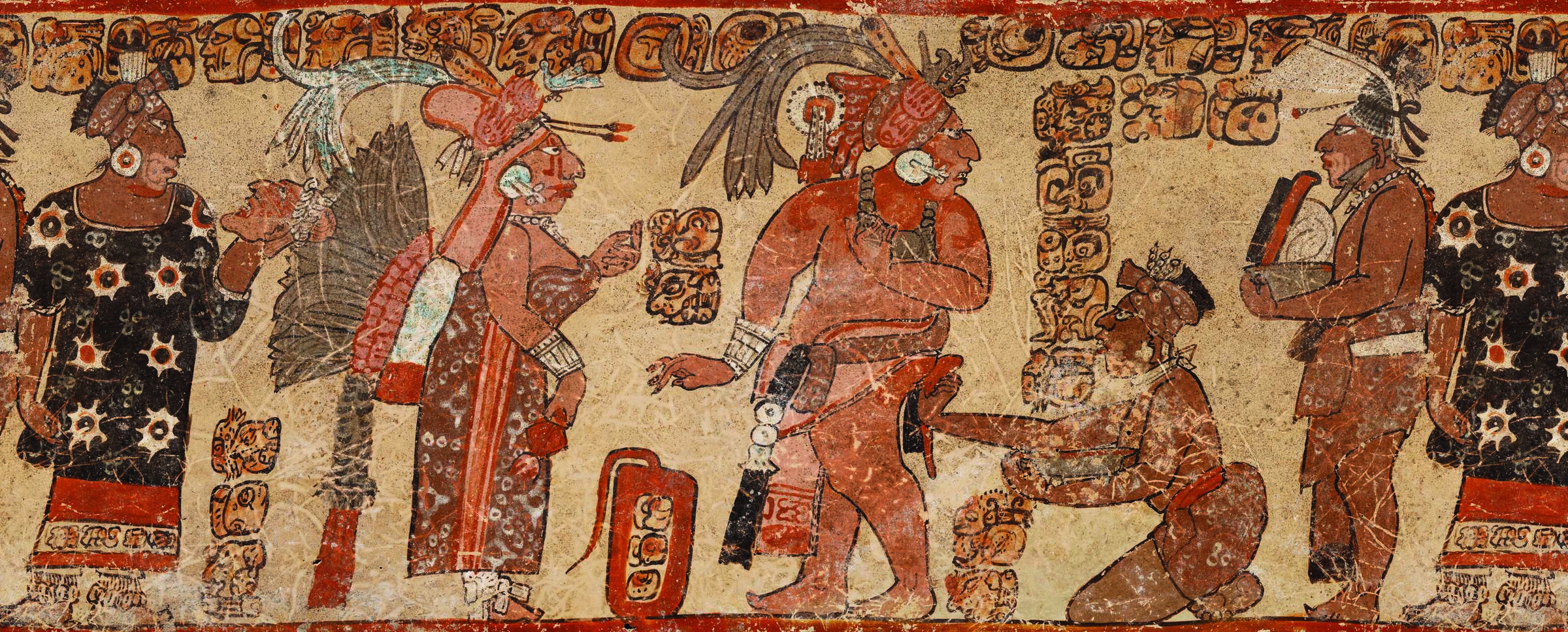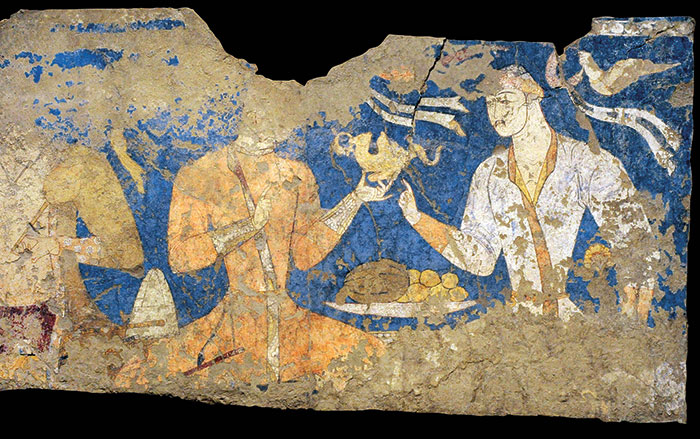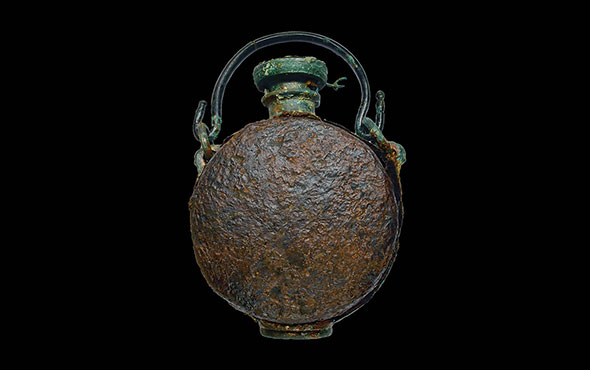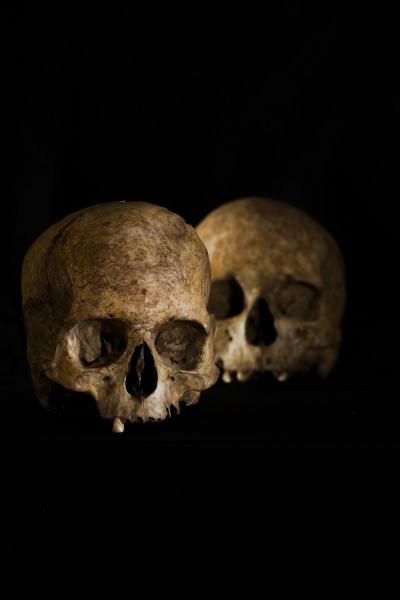
SEVILLE, SPAIN—According to an announcement released by the University of Seville, two human skulls and the remains of a young goat were discovered in southern Spain’s Cueva de la Dehesilla. The bones have been dated to between 4800 and 4000 B.C. A wall at the cave site separated the man and woman’s skulls and the goat from a stone altar, a stela, a hearth, ceramic vessels, stone objects, and charred plant remains. The female skull shows a depression in its frontal bone and cuts likely produced by the process of decapitation. Researcher Daniel García Rivero said treatment of the skulls, and the goat, are different from other sites from the period found on the Iberian Peninsula, and offer new clues to Neolithic funerary rites. To read about evidence from El Mirador Cave of Neolithic humans' unusual diet, go to "World Roundup: Spain."


